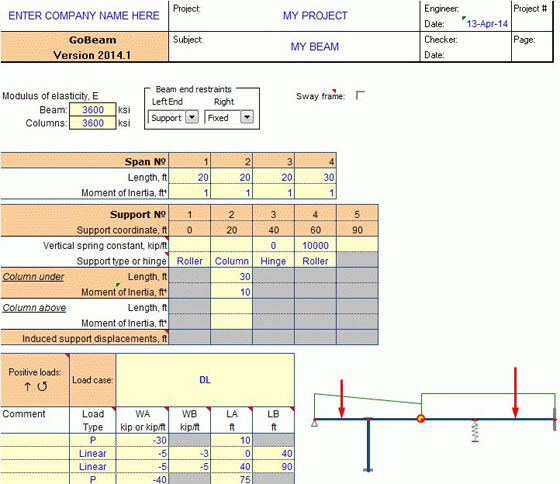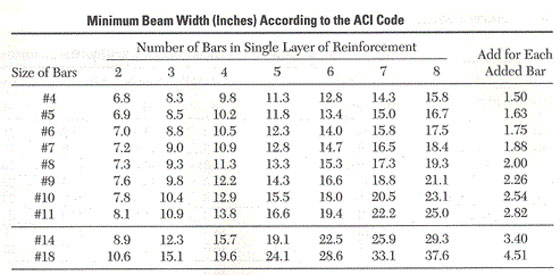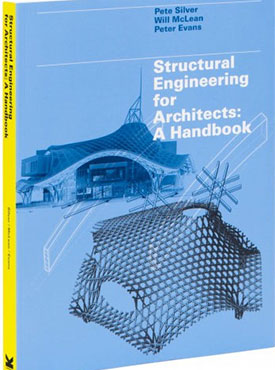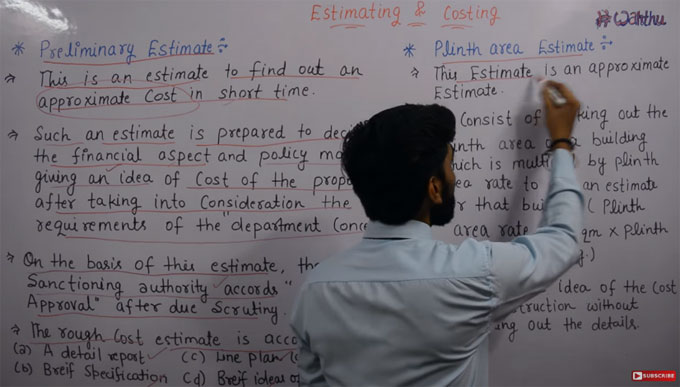Proper estimation helps construction professionals to find out the prospective construction cost concerning a project. Estimating is prepared at different phases of project duration and it is based on the objective of estimation. Initially estimation is initiated by the contractor prior to actual commencement of construction. The contractors make estimate for creating the budget of the project or bidding the project. Different types of estimates are prepared according to project manual and submitted drawing as well as objective of applying estimated data.
Detail Estimate - It contains everything necessary for executing the project together with overhead and contractor's profit. In order to create this type of estimate, the estimator should require the complete set of drawing and instruction manual of the project. By using this estimating method, the estimator can obtained the required materials, labor, time for successful completion of the project as well as total cost details and overhead along with contractor profit. It also comprises of insurance, bond, equipment and other useful elements.
Unit Based Estimate - This type of estimate is made as = calculated building area x predefined unit cost. This is modified by calculating building height, length, width and other required building components. A simple floor plan having measurement and key elevation of the building are the vital elements for producing this type of estimate. The motto of this type of estimate is to verify wheather the project is formed according to owner's budget or not.
Model Estimate - This type of estimate is created on the basis of a model project that is evolved earlier. Some major components like length and width of building, number of base, size of base, floor height, number of bath etc should be figured out to create this type of estimation. But here, one thing should be remembered that the intended project must be identical to model project. This type of estimate generates a detailed estimate of complete project or a part of project according to the model project.
Project Comparison Estimate - By following this estimating method, an estimator produces estimate regarding projected project by making comparison with corresponding completed project. Once the comparison estimate is made, estimator creates modification for variation concerning proposed project with the completed project.
Parametric Estimate - With this estimating method, an estimator applies equations for producing the estimate. This equation denotes the correlation amidst "parameters" and "cost" of a building project. This estimate has similarity with unit based estimate but it is more complicated. This type of estimate is useful for defining proposed project cost.
There also exist other useful estimating methods for finding out the cost of project in the various locations of the globe. Recently, various computer programs are emerged out to simplify and speed up the estimating process.
~~~~~~~~~~~~~~~~~~~~~~
Published By
Rajib Dey
~~~~~~~~~~~~~~~~~~~~~~




